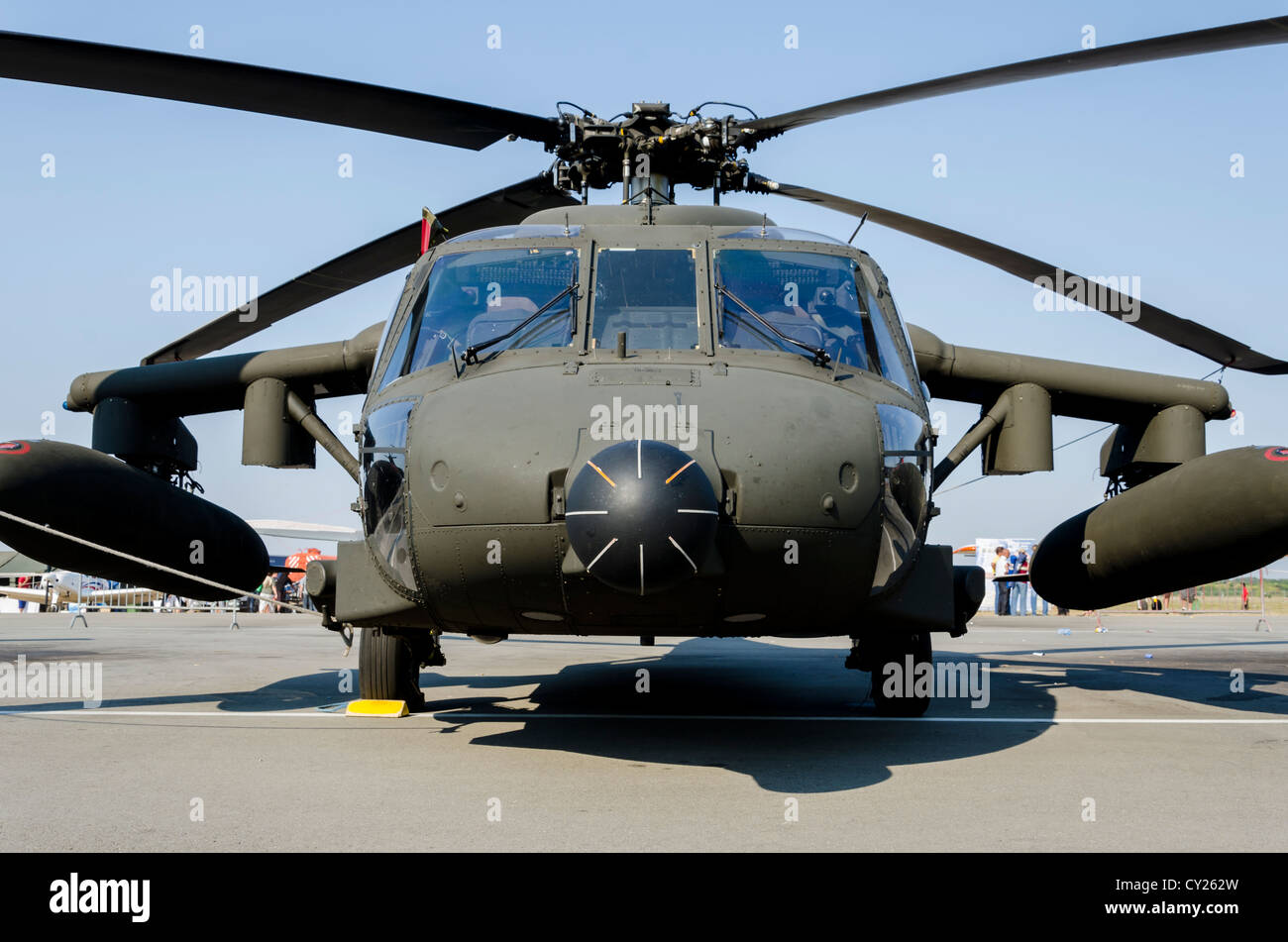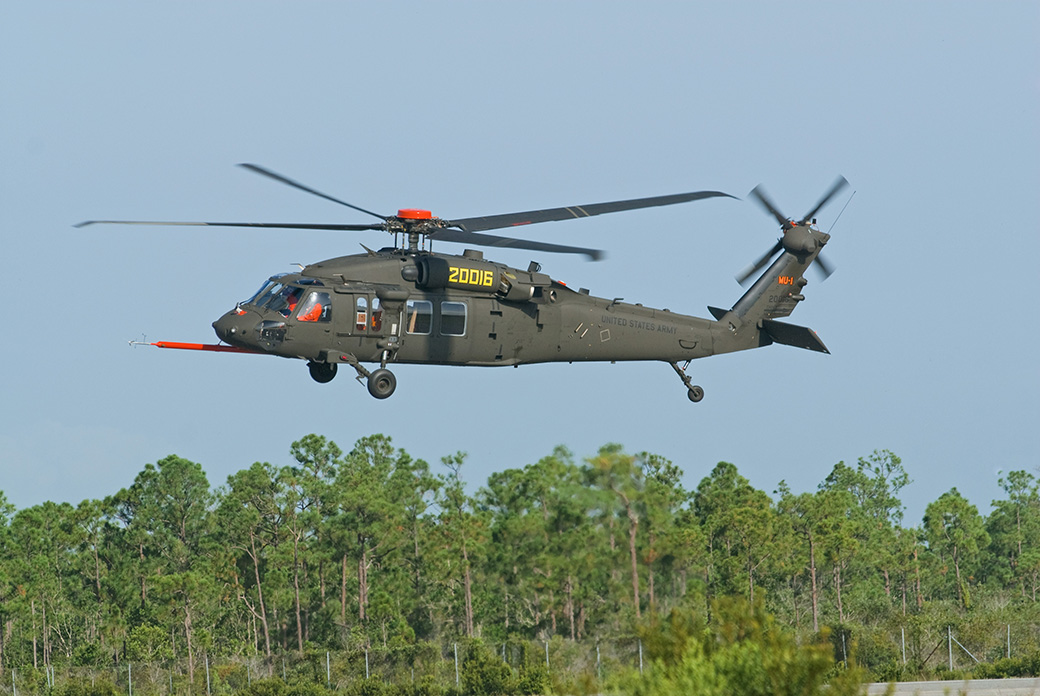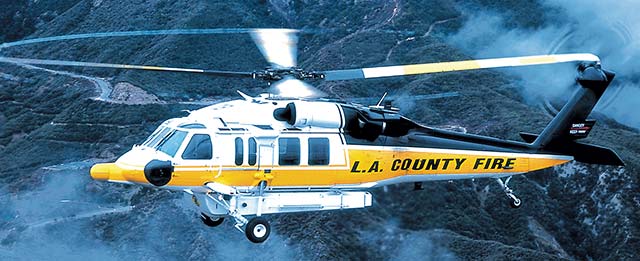The Sikorsky S 70 Helicopter: A Deep Dive into Its Design and Performance
The Sikorsky S 70 Helicopter: A Deep Dive into Its Design and Performance
Blog Article
High-Performance Multi-Role Rotorcraft Featuring Advanced Cockpit Technologies and Integrated Sensing Unit Solutions
The realm of rotorcraft technology has actually seen notable innovations in current times, specifically in the realm of high-performance multi-role rotorcraft equipped with sophisticated cabin innovations and perfectly incorporated sensor systems. These innovations have not only boosted the operational capabilities of rotorcraft yet have additionally significantly influenced contemporary aviation procedures on different fronts. From improved mission flexibility to enhanced functional performance, the merging of sophisticated cockpit modern technologies and incorporated sensing unit systems has introduced a brand-new age of possibilities for rotorcraft applications. In the adhering to conversation, we will certainly discover the development of rotorcraft innovation, look into the realm of innovative cabin advancements, and take a look at the effects of integrated sensing unit systems on the functional convenience and effectiveness of modern rotorcraft.
Advancement of Rotorcraft Innovation
The advancement of rotorcraft innovation has been marked by significant developments in aerodynamics, materials, and propulsion systems, shaping the capabilities and efficiency of modern rotorcraft. Aerodynamic renovations have improved the performance and maneuverability of rotorcraft, allowing for increased speed, dexterity, and security throughout trip (sikorsky s 70). Technologies in products, such as the usage of composite materials and progressed alloys, have actually resulted in lighter yet stronger rotorcraft frameworks, improving total performance and resilience. Furthermore, improvements in propulsion systems, consisting of more powerful engines and ingenious propulsion modern technologies, have enabled rotorcraft to accomplish higher altitudes, faster rates, and higher hauls.
These improvements have not only transformed the abilities of rotorcraft however have also expanded their applications across numerous markets, consisting of army, business, and emergency solutions. The constant development of rotorcraft innovation remains to drive development in the area, pushing the limits of what is possible and shaping the future of vertical trip.
Advanced Cabin Innovations
Building upon the fundamental innovations in the rules of aerodynamics, materials, and propulsion systems, the world of rotorcraft modern technology currently moves focus towards introducing Advanced Cabin Innovations. The combination of advanced modern technologies within the cabin atmosphere plays a crucial role in improving the operational capacities, security, and effectiveness of contemporary rotorcraft. sikorsky s 70. Advanced Cabin Innovations include a vast selection of attributes developed to give pilots with improved situational recognition, structured information management, and user-friendly control user interfaces
One of the crucial advancements in cabin style is the implementation of glass cabins, which change traditional analog gauges with high-resolution displays. These electronic systems provide personalized layouts, real-time information assimilation, and improved readability, enabling pilots to accessibility vital details at a look. Advanced avionics systems, such as fly-by-wire controls and enhanced fact displays, are transforming exactly how pilots communicate with the aircraft, enabling for exact control and improved decision-making abilities.


Incorporating advanced cabin technologies not just enhances pilot efficiency but likewise adds to total objective effectiveness and security in complex functional atmospheres. By leveraging modern modern technologies within the cockpit, rotorcraft producers are establishing new standards for functional excellence and goal success.
Integrated Sensing Unit Equipments
With the development of rotorcraft technology, the assimilation of innovative Integrated Sensing unit Systems has actually become extremely important in improving operational effectiveness and safety. These Integrated Sensing unit Systems encompass a vast range of modern technologies that offer vital information for various features such as navigation, surveillance, targeting, and ecological tracking. By seamlessly incorporating sensing units like radars, video cameras, lidar, and infrared systems right into rotorcraft, operators can profit from boosted situational recognition, improved goal capabilities, and minimized pilot work.
One secret advantage of Integrated Sensor Equipments is their capability to gather real-time data and supply workable insights to pilots and objective drivers. Advanced radar systems can detect and track targets over long ranges, permitting for very early hazard detection and reliable response planning. Additionally, integrating electro-optical and infrared cams makes it possible for rotorcraft to perform reconnaissance and surveillance objectives with accuracy and accuracy.
Fundamentally, the integration of advanced sensor innovations right into rotorcraft not only boosts operational effectiveness but also contributes considerably to general objective success and staff safety. As rotorcraft remain to develop, the role of Integrated Sensor Solution will undoubtedly continue to be at the center of technology in the aerospace industry.
Operational Versatility and Performance
Enhancing functional convenience and performance why not try these out in rotorcraft is an all-natural progression from the integration of advanced Integrated Sensor Systems. By leveraging the insights and data offered by these cutting-edge sensing unit systems, rotorcraft can enhance their efficiency across various goals and atmospheres.
Functional flexibility encompasses the capability of rotorcraft to adapt to various duties and situations successfully. With innovative cabin innovations and integrated sensor systems, rotorcraft can perfectly transition in between tasks such as search and rescue, clinical evacuation, security, and a lot more. This flexibility boosts the rotorcraft's ability to meet varied operational requirements without calling for considerable reconfiguration.
Effectiveness in rotorcraft procedures is critical for taking full advantage of objective efficiency and resource utilization. Integrated sensing unit systems play an essential role in improving functional efficiency by giving real-time data on climate condition, surface mapping, target monitoring, and extra. This data allows pilots to make informed choices quickly, optimize trip paths, save gas, and boost general mission efficiency.
Influence On Modern Aviation Workflow

In addition, the combination of innovative sensors facilitates improved mission preparation and execution, allowing rotorcraft to perform a vast array of tasks with improved accuracy. From search and rescue procedures to aerial firefighting and regulation enforcement missions, the capacities of contemporary rotorcraft equipped with sophisticated cabin innovations and integrated sensor systems are exceptional.
Additionally, the effect of these developments expands beyond operational efficiency to cost-effectiveness and sustainability. By check out here maximizing flight paths, gas usage, and maintenance routines, high-performance rotorcraft outfitted with advanced cockpit modern technologies and sensors add to lowering operational costs and ecological effect, making them essential possessions in contemporary aviation procedures.
Verdict
Finally, the high-performance multi-role rotorcraft with sophisticated cabin innovations and incorporated sensing unit systems stands for a substantial development in aeronautics modern technology. These developments enhance operational convenience and performance, inevitably influencing modern-day air travel procedures in a favorable means. visit here The assimilation of these innovative technologies enables for enhanced abilities and performance in various goal circumstances, showcasing the proceeded improvement of rotorcraft innovation in the aeronautics sector.
The world of rotorcraft modern technology has actually seen remarkable advancements in current times, specifically in the world of high-performance multi-role rotorcraft geared up with innovative cockpit innovations and seamlessly incorporated sensing unit systems. From boosted goal adaptability to enhanced operational efficiency, the convergence of sophisticated cabin technologies and incorporated sensing unit systems has actually ushered in a new period of opportunities for rotorcraft applications. In the following conversation, we will certainly check out the evolution of rotorcraft innovation, dig into the world of sophisticated cabin developments, and analyze the implications of incorporated sensor systems on the functional versatility and performance of contemporary rotorcraft.

Report this page